Russia . 18 . graphic designer this my archives, what i like and give me vibe my work insta @mozjuchin https://www.instagram.com/mozjuchin/
Don't wanna be here? Send us removal request.
Photo






Illustrations from “Rainbow-Bow” (a book of nursery rhymes) by Yuri Vasnetsov, 1969
370 notes
·
View notes
Photo



“Winter” by Yevgeniya Trutneva, illustrated by Sergey Kupriyanov (1966)
362 notes
·
View notes
Text
instagram
0 notes
Photo



SLAVIC VAMPIRES
• modern Polish — upiór, upir, wąpierz, wupi • Czech and Slovak — upír • Ukrainian — упир (upyr) • Russian — упырь (upyr’) • Belarusian — упыр (upyr) • Old East Slavic — упирь (upir’)
A demonic being from Slavic folklore, a prototype of the vampire.
🦇 The term upiór was introduced to the English-language culture as a “vampyre”, mentioned by Lord Byron in “The Giaour“ in 1813, described by John William Polidori in “The Vampyre” in 1819, and popularised by Bram Stoker’s “Dracula”. With the development of mass culture, he returned as a “vampire” recognizable in literature and film.
🦇 Slavic belief indicates a stark distinction between soul and body. The soul is not considered to be perishable. The Slavs believed that upon death the soul would go out of the body and wander about its neighbourhood and workplace for 40 days before moving on to an eternal afterlife. Thus pagan Slavs considered it necessary to leave a window or door open in the house for the soul to pass through at its leisure. During this time the soul was believed to have the capability of re-entering the corpse of the deceased. Much like the spirits mentioned earlier, the passing soul could either bless or wreak havoc on its family and neighbours during its 40 days of passing. Upon an individual’s death, much stress was placed on proper burial rites to ensure the soul’s purity and peace as it separated from the body. The death of an unbaptized child, a violent or an untimely death, or the death of a grievous sinner (such as a sorcerer or murderer) were all grounds for a soul to become unclean after death. A soul could also be made unclean if its body were not given a proper burial. Alternatively, a body not given a proper burial could be susceptible to possession by other unclean souls and spirits. Slavs feared unclean souls because of their potential for taking vengeance.
🦇 From these deep beliefs pertaining to death and the soul derives the invention of the Slavic concept of Ubır. A vampire is the manifestation of an unclean spirit possessing a decomposing body. This undead creature needs the blood of the living to sustain its body’s existence and is considered to be vengeful and jealous towards the living. Although this concept of vampire exists in slightly different forms throughout Slavic countries and some of their non-Slavic neighbours, it is possible to trace the development of vampire belief to Slavic spiritualism preceding Christianity in Slavic regions.
🦇 An upiór was a person cursed before death, a person who died suddenly, or someone whose corpse was desecrated. Other origins included a dead person over whom an animal jumped, suicide victims, witches, unchristened children, and those who were killed by another upiór.
🦇 Slavic vampires were able to appear as butterflies, echoing an earlier belief of the butterfly symbolizing a departed soul. Some traditions spoke of “living vampires” or “people with two souls”, a kind of witch capable of leaving its body and engaging in harmful and vampiric activity while sleeping.
346 notes
·
View notes
Photo

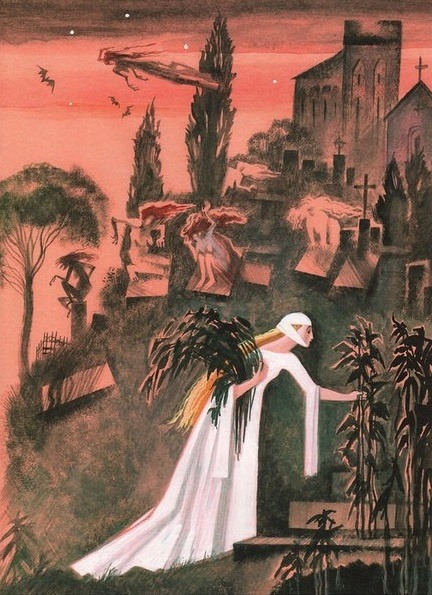
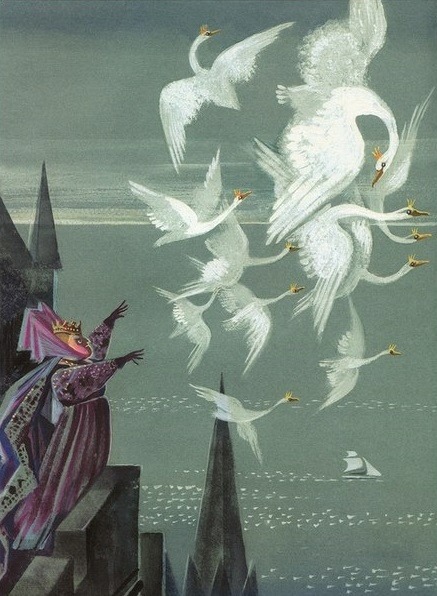
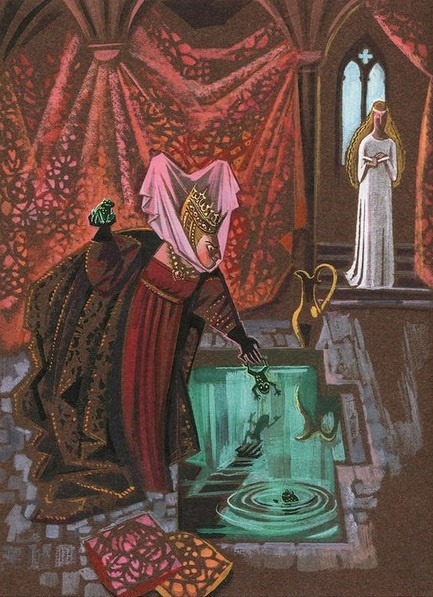
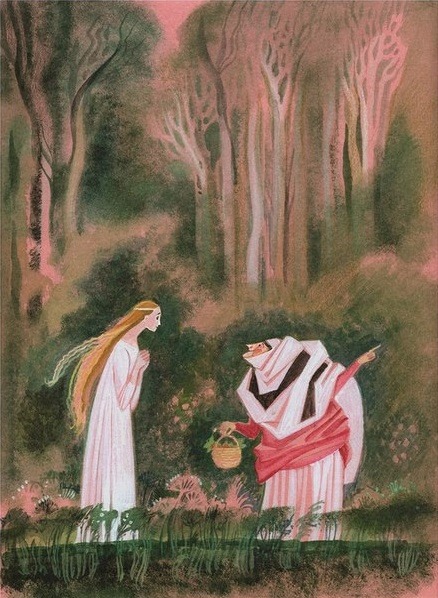
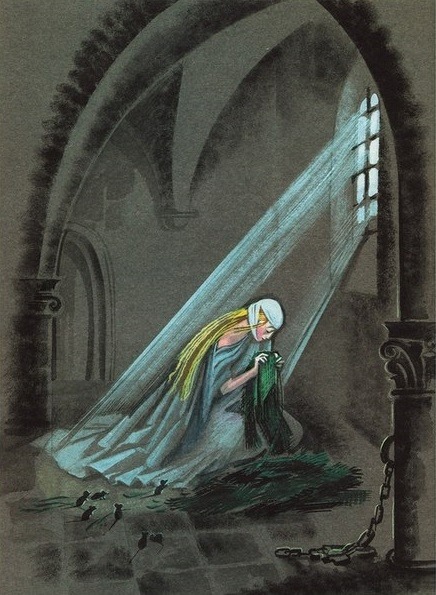

The Wild Swans. Illustrations by Nika Goltz.
3K notes
·
View notes
Text
instagram
0 notes
Text
instagram
0 notes
Text
instagram
0 notes
Text
0 notes
Text
instagram
2 notes
·
View notes
Text
https://www.instagram.com/tv/Cj-H6brPu88/?utm_source=ig_web_copy_link
1 note
·
View note
Text
instagram
1 note
·
View note
Text
instagram
1 note
·
View note
Text
instagram
1 note
·
View note
Text


0 notes
Text


bubbles, day 6
https://www.instagram.com/mozjuchin/
0 notes
Text

inst.
https://www.instagram.com/mozjuchin/
1 note
·
View note